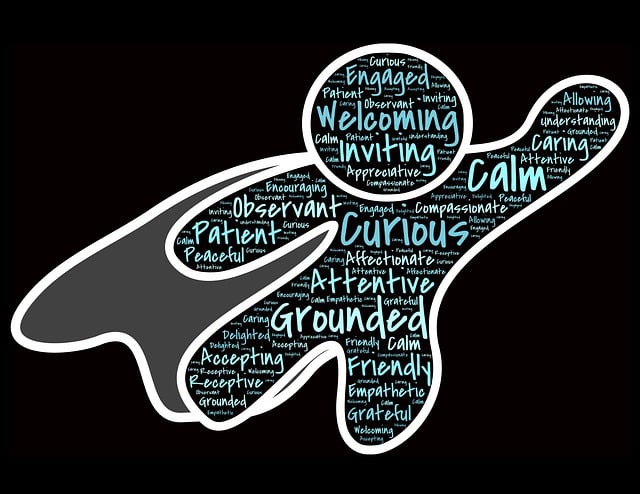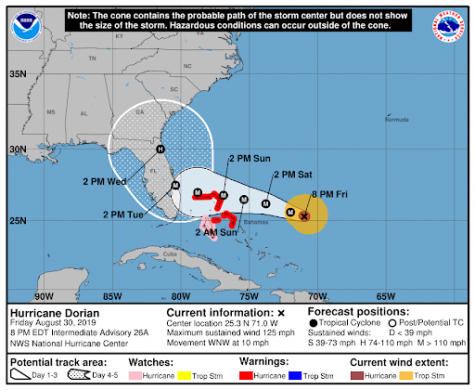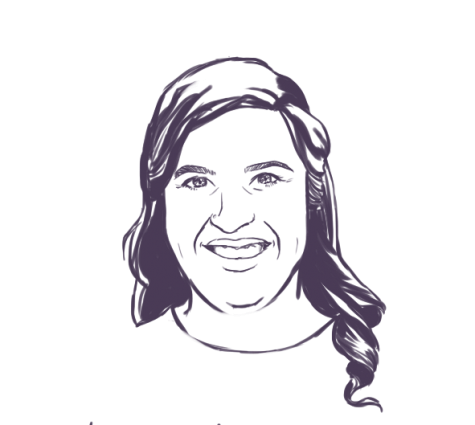Skeptical Science Sundays: Evaluating Science in a Fake News World
October 15, 2017
Science: It’s a major part of all of our lives, and yet often, it can be difficult to understand. For those of us who aren’t scientists, the world of scientific knowledge has historically been completely inaccessible. However, in the age of the Internet, this fact is changing.
It seems like every day I come across a post on Facebook boasting a crazy “science fact” or the results of some new study. Sometimes, pop science like this can be helpful: it bridges the gap between scientists and the general public, allowing everyone to understand the discoveries that affect their daily lives. Other times, however, it does more harm than good.
When journalists with no science background attempt to understand scientific papers, the results can be gnarly. When these writers have a particular agenda and try to fit the science to prove their point, they can be downright disastrous. While there are plenty of well-meaning science communicators and journalists out there, the sea of nonsense one needs to sort through to uncover the truth is formidable.
So how can we fix this? Well, for one thing, legitimate science communicators can publish columns like this: fact-checking the pop scientists and educating the public on real scientific truth. But what would be even more helpful is if more people were able to understand science for themselves. Science literacy is vital in our digital world, and my goal here with Skeptical Science Sundays is to give non-science students the tools to critically evaluate science news for a better understanding of how science relates to our everyday lives.
So, to start, let’s look at some reputable sources of science news.
1.Science News. Run by the Society for Science, this blog-style publication is dedicated to improving science literacy and making scientific discoveries accessible to the general public. Their partner publication, Science News for Students, provides specific articles for a student audience.
2. Science Based Medicine. Primarily focused on debunking “quackery” in medicine, this blog is run by researchers, doctors, and other scientists who offer evidence- and science-based approaches to medical care.
3. Snopes. While not explicitly focused on science, Snopes is the premiere fact-checking service on the web. From conspiracy theories surrounding the Vegas shooting to questions of whether Obama was president during Hurricane Katrina (spoiler alert: he wasn’t), all manner of urban legends, myths, fallacies, and the occasional true fact wind up on this site.
4.Peer-reviewed journals. Of course, the best way to make sure you get the facts on a particular study is to, you know, read the study. If you don’t have a science background, this can be difficult, as most papers are not written for a general audience and may use a lot of complicated terminology. However, most papers have an abstract that can at least serve as a guide to tell you whether that infographic you saw on Facebook is really representing the study well.
But what about articles on other sites? When you find a science post on Facebook, how can you tell if it’s legitimate? Here are some things to look out for:
1.Sample size. If you’ve ever taken a statistics course, you’re probably familiar with the concept of a random sample. Basically, a random sample is one in which every member of a population has an equal chance of being chosen for the sample. This is one way to ensure that your sample is representative of the full population. Use of random sampling is necessary in studies that measure prevalence, e.g. how common a particular cancer is in America. However, in studies that measure correlation, e.g. whether yoga decreases symptoms of depression, random sampling is often too difficult and not always necessary. In these studies, the important factor is sample size. Generally speaking, a study should have at least 100 participants, and often many more than that. Anything that uses a sample of less than 50 is definitely suspect.
2. Source. Did the article you’re reading come from Facebook, or some website like “OMGsciencefacts.com”? There’s a good chance it’s not accurate, or at least you’ll need to do some more digging to find a second opinion. As for the study itself, check the journal where it was published. Is it a reputable, peer-reviewed source, or a pay-to-publish journal that will accept anything with an entry fee? Not all scientific journals are necessarily legitimate.
3. Replicability. Has anyone else studied the same effect and gotten similar results? If other studies have found different results, there’s a good chance the one in question is either invalid, or the science is more complicated than it looks. If the study is too new to have been replicated, it may be accurate, but it’s difficult to know until more evidence supports it.
4. Does it sound ridiculous? Then it probably is. Sometimes known as Occam’s razor, a common principle in philosophy is “the simplest possible explanation is the correct one.” In science, the concept is amended slightly to refer to an explanation that requires the least rewriting of principles we already understand. For example, the idea that the Earth is flat requires rewriting our ideas about gravity, the solar system, and pretty much the whole universe. Such an explanation is generally rejected unless a wealth of evidence points to it being true. Basically, if something sounds ridiculous, it probably is.
















